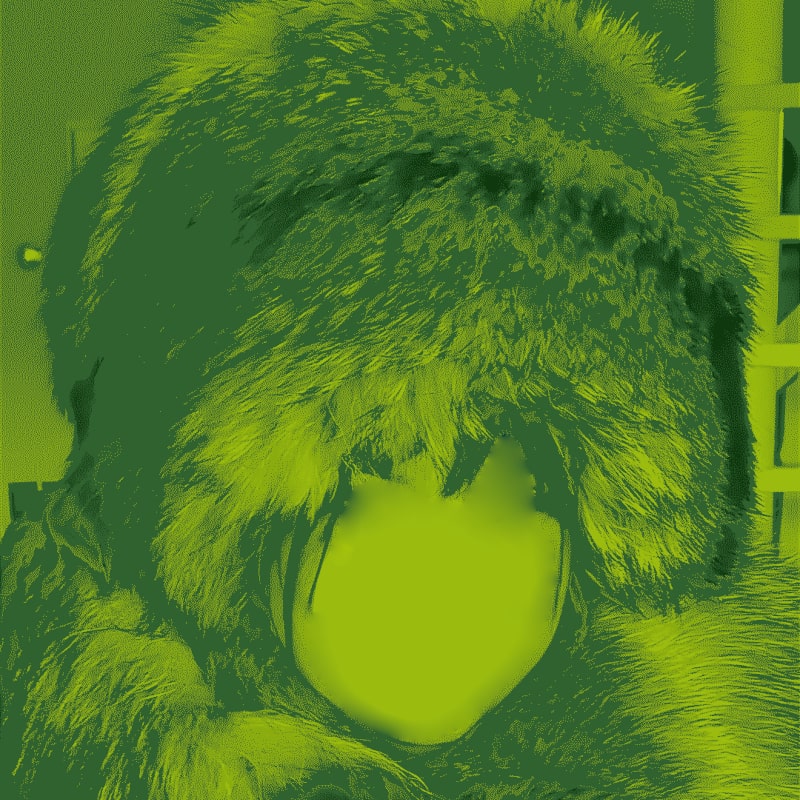https://en.wikipedia.org/wiki/Linux_malware
I fucking hate the mentality that Linux is somehow completely safe.
Just because it isn’t attacked as much because of the low adoption rate among users, doesn’t mean it has no vulnerabilities.
With SteamOS and ChromeOS now having millions of users, Linux attacks will become more commonplace.
IIRC ChromeOS is either built on or can be configured to run applications like a Linux distro?
Malware for desktop users is the low hanging fruit with little rewards. You just hear about it because it’s so rediculous easy.
The real money is on servers, so that’s were real money/work is invested to develop malware for much higher gains. How successful are they again?
I think you’re right. A single desktop, unless it is either someone in a position of power or access to trade secret files, is not a time effective attack vector.
A server on the other hand can access all of that stuff across an entire organization.
Not just that but whenever you hear that company xyz was hacked and their data leaked, what do you think was powering their servers? Most likely Linux. Sure, they usually have more things exposed to the internet, but users install way more apps so the attack surface is vastly bigger in home computers running Linux than servers.
Way back in 2003, I had a school project partner over to do some work on a project. They had a floppy that was infected with some malicious stuff and had planned to utterly trash my computer with it. I only found out at a later date because some guys were asking me questions about my computer, and someone spilled the beans whenever they realised that my computer wasn’t infected and was indeed still functioning completely fine…
You accidentally click it and wine starts launching:

Security through obscurity is not security
You guys are quick to forget that Wine (Wine Is Not an Emulator) is, in fact, not an emulator. Most windows ransomware will successfully encrypt your files if ran with wine.
That is why I always try to avoid installing Wine natively
How else do you install WINE? Is it possible to sandbox WINE apps?
Pro tip: Infect your Windows friends with malware, then get them to switch to Linux
/s
I think the majority of exploits in metasploit are for Linux, but could be wrong.
Lol as if Linux is free of malware.
It isn’t, but you’re unlikely to encounter Linux specific malware.
Wine appears in the output of
ps aux.Nervous not-an-emulator noises.
but then the little Wine window appears
the wine prefix is being updated, please wait…
False sense of security. You accidentally downloaded a virus that doesn’t work on your system… What kind of habits and hygiene are you rolling with on a day to day basis?
True story, Linux sees MIME types, so if Hot.Chick.Blows.Brother.mp4 is a virus, it shows up with a Windows (MZ) binary icon, not a media icon 😉… unlike Windows which only recognizes extensions 😒.
That’s not a Linux thing. It’s just whatever desktop shell you chose to use and various shells behave in various ways. The reason this might be safer in most Linux distros is that you’re discouraged from executing things under a privileged user which means that malware can’t make significant changest to your system easily. If you do the same in windows, you’d be just as safe.
Not exactly… I mean, yes, you’re right about the privileges thing, but Windows has a lot more security holes than Linux (or any POSIX based OS for that matter). The root of the problem, as always is the distant Windows relative, DOS… no user space notion whatsoever… and Windows NT has dragged these issues for decades now, all because MS made (bought) DOS and distributed it.
Microsoft, in their infinite wisdom, also decided that file extensions should be hidden by default. So you won’t even see that you downloaded TaylorSwift_1989_TaylorsVersion.exe instead of TaylorSwift_1989_TaylorsVersion.mp3 unless you changed that setting ahead of time.
If you use Linux because of this you are just a kid following the hype
so, I had a pendrive that a friend borrowed once. later on another friend used it and said it had virus. I simply couldn’t know since I was on GNU/Linux.
though later on I cleaned it with dd.








